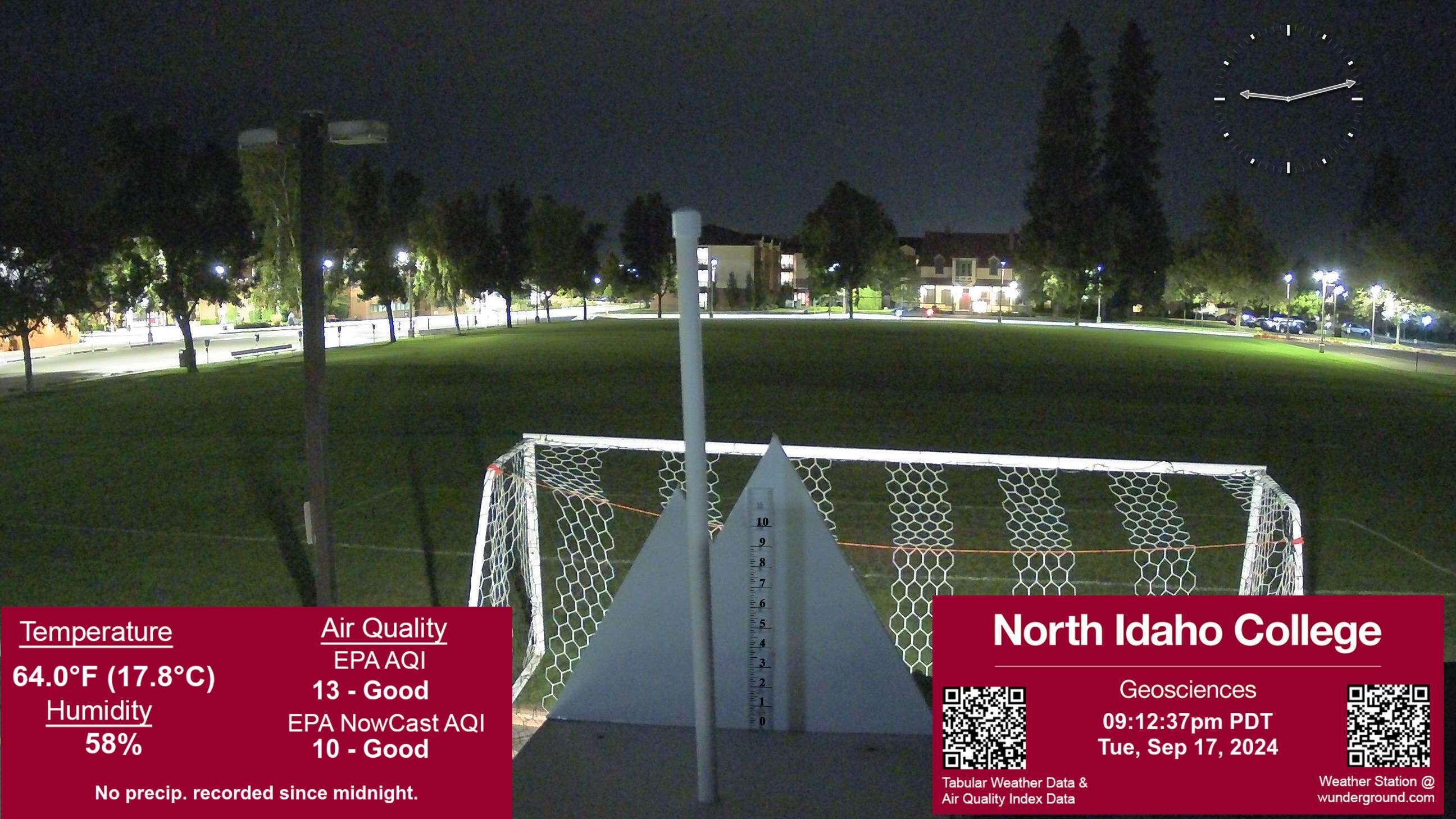Coeur d’Alene, ID Weather Cams
Silver Beach Marina
Silver Beach Marina Cam 2
Silver Beach Marina Cam Still Image with Water Temperature

Coeur d’Alene Lake Casino Live Cam
Coeur d’Alene, ID Weather Cams
Coeur d’Alene Center Cam
Coeur d’Alene, ID Weather Cams
North Idaho College webcam

Coeur d’Alene, Idaho: From Native Lands to Lakeside Gem
Coeur d’Alene ID Weather Cams. Nestled on the shores of Lake Coeur d’Alene, the city of Coeur d’Alene, Idaho, boasts a rich history marked by Native American heritage, pioneering spirit, and a transformation into a beloved resort destination. This history chronicles the journey of Coeur d’Alene from its origins to its current status as a vibrant community known for its natural beauty and recreational opportunities.
Indigenous Heritage
Long before European settlers arrived, the region around Lake Coeur d’Alene was home to the Coeur d’Alene Tribe, also known as the Schitsu’umsh, meaning “those who are found here.” The tribe thrived in this area, relying on the abundant resources of the lake and surrounding forests for fishing, hunting, and gathering. Their way of life was deeply connected to the land and waters, with seasonal migrations to exploit various resources.
The Coeur d’Alene Tribe maintained a rich cultural heritage, with intricate social structures, spiritual beliefs, and a deep understanding of the natural environment. They lived in harmony with the land, and their presence in the region shaped its history long before European contact.
European Exploration and Settlement
The first European exploration of the region was conducted by French-Canadian fur traders in the early 19th century. They named the indigenous people “Coeur d’Alene,” meaning “heart of an awl” in French, possibly referring to the sharp trading practices they encountered. The fur trade introduced new goods and ideas to the region, establishing early contact between Native Americans and Europeans.
The Oregon Trail and westward expansion in the mid-19th century brought more settlers to the region. The discovery of gold in nearby areas, such as the Idaho Panhandle, further attracted prospectors and miners, leading to increased settlement and the establishment of towns.
Fort Sherman and the Founding of Coeur d’Alene
In 1878, the U.S. Army established Fort Sherman on the north shore of Lake Coeur d’Alene to protect settlers and maintain order in the region. The fort played a significant role in the development of the area, serving as a hub for military operations and a catalyst for local growth. It attracted settlers, businesses, and infrastructure development, laying the groundwork for the future city.
The city of Coeur d’Alene was officially founded in 1887, named after the nearby lake and the indigenous tribe. The arrival of the Northern Pacific Railroad in 1883 further spurred growth, providing a vital link to national markets and facilitating the transport of goods and people. Coeur d’Alene quickly grew into a bustling community, driven by the timber industry and mining activities in the surrounding region.
The Timber Boom
The early 20th century was marked by a timber boom that significantly shaped Coeur d’Alene’s economy and landscape. The vast forests of northern Idaho provided an abundant supply of timber, attracting logging companies and workers to the area. The city’s proximity to the lake and railroads made it an ideal location for processing and transporting timber.
Lumber mills sprang up around Coeur d’Alene, and the timber industry became the backbone of the local economy. The city experienced rapid growth as workers flocked to the area, and new businesses and services emerged to support the burgeoning population. The timber boom brought prosperity to Coeur d’Alene and established it as a key player in Idaho’s logging industry.
Transition to Tourism and Recreation
As the timber industry declined in the mid-20th century, Coeur d’Alene began to transition towards tourism and recreation. The city’s stunning natural surroundings, including Lake Coeur d’Alene, the Spokane River, and nearby mountains, made it a prime destination for outdoor enthusiasts and vacationers.
The development of resorts, hotels, and recreational facilities transformed Coeur d’Alene into a popular lakeside destination. The construction of the Coeur d’Alene Resort in 1986 marked a significant milestone, offering luxury accommodations and a range of amenities that attracted visitors from across the country. The resort’s famous floating golf green became an iconic symbol of Coeur d’Alene’s appeal.
Modern Growth and Development
In recent decades, Coeur d’Alene has continued to grow and evolve, attracting new residents and businesses drawn by its natural beauty, quality of life, and economic opportunities. The city’s population has steadily increased, and its economy has diversified beyond tourism to include sectors such as healthcare, education, and technology.
Coeur d’Alene has also become known for its vibrant arts and culture scene, with galleries, theaters, and music venues adding to the city’s appeal. Annual events such as Art on the Green, the Coeur d’Alene Ironman Triathlon, and the Holiday Lighting Ceremony draw visitors and locals alike, fostering a strong sense of community and celebration.
Preserving Heritage and Environment
Throughout its growth, Coeur d’Alene has remained committed to preserving its natural environment and cultural heritage. Efforts to protect the lake and surrounding ecosystems have been integral to maintaining the region’s beauty and recreational opportunities. Initiatives such as the Tubbs Hill Nature Trails and the Coeur d’Alene Parkway provide residents and visitors with access to pristine natural areas while promoting conservation.
The Coeur d’Alene Tribe continues to play a vital role in the community, working to preserve their cultural heritage and protect their ancestral lands. Collaborative efforts between the tribe, local government, and community organizations have fostered a greater understanding and appreciation of the region’s indigenous history.
Looking to the Future
As Coeur d’Alene looks to the future, it remains dedicated to balancing growth with sustainability and preserving its unique character. The city continues to invest in infrastructure, education, and community development to support its residents and attract new opportunities. Strategic planning and community engagement are central to ensuring that Coeur d’Alene remains a vibrant and welcoming place for future generations.
With its rich history, stunning natural surroundings, and dynamic community, Coeur d’Alene stands as a testament to the enduring spirit of Idaho’s frontier heritage. As it continues to evolve, the city remains a cherished destination and a beloved home for those who value the beauty and opportunities of this lakeside gem.
For more historical insights, explore the Idaho State Museum
Coeur d’Alene ID Weather Cams
See more Coeur d’Alene road cams here.
Coeur d’Alene ID Weather Cams
